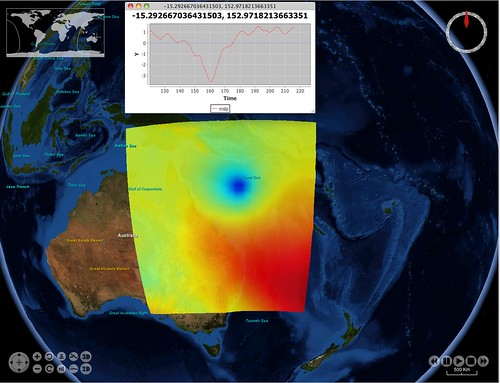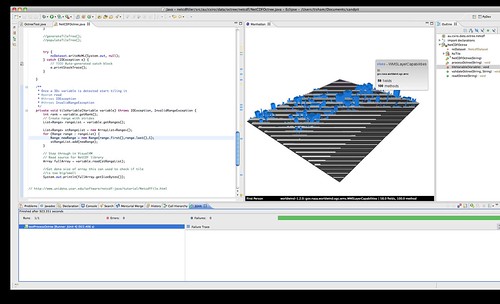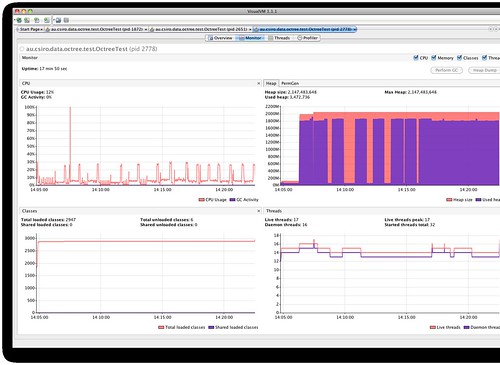Once upon I time while I still used to watch TV (instead of the world go by, which is much more interesting), Rove used to host a show called "are you smarter than a fifth grader". It seems that it is still on. The show mostly tested textual and numerical skills or pure recall (very left brained). I have recently started experimenting with drawing techniques and I hear "My 5th Grader could have done that" quite often. It is so nice to see young talent, and I do indeed have some pieces from the open-sketchbook project proving the beauty of children's artwork.
So I am putting forward here a right-brained show in the same vein. Put an established artist and a 5th grader in the same stimuli field and let them each produce a piece. Then do a double-blind test with a jury of their peers (both age groups need to be represented since art is highly subjective), on which one is better. It may get hard to keep the stimuli field interesting for the adult and the child at the same time. I did one of my coolest subliminals while watching Final Destination 5.
I believe the education system currently established is very asymmetric and a right brained show may help highlight this or prove me wrong ( none are so blind as those who will not see). Just to keep it clear on my belief in children's abilities, the bits of TV (Time Tunnel) I do watch is recommended by kids I meet while walking to Salsa.
So I am putting forward here a right-brained show in the same vein. Put an established artist and a 5th grader in the same stimuli field and let them each produce a piece. Then do a double-blind test with a jury of their peers (both age groups need to be represented since art is highly subjective), on which one is better. It may get hard to keep the stimuli field interesting for the adult and the child at the same time. I did one of my coolest subliminals while watching Final Destination 5.
I believe the education system currently established is very asymmetric and a right brained show may help highlight this or prove me wrong ( none are so blind as those who will not see). Just to keep it clear on my belief in children's abilities, the bits of TV (Time Tunnel) I do watch is recommended by kids I meet while walking to Salsa.






